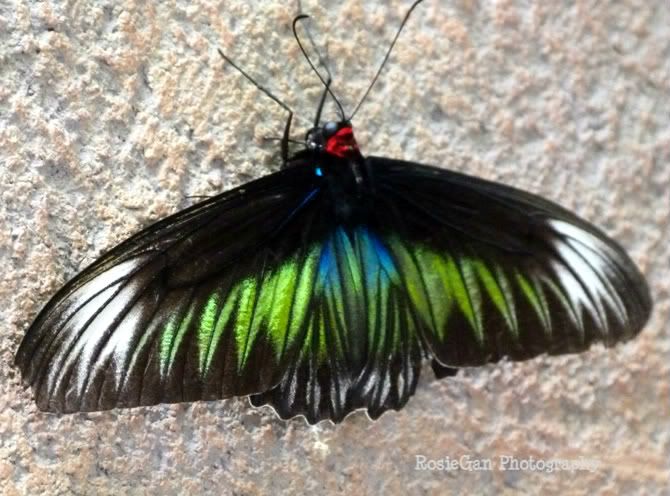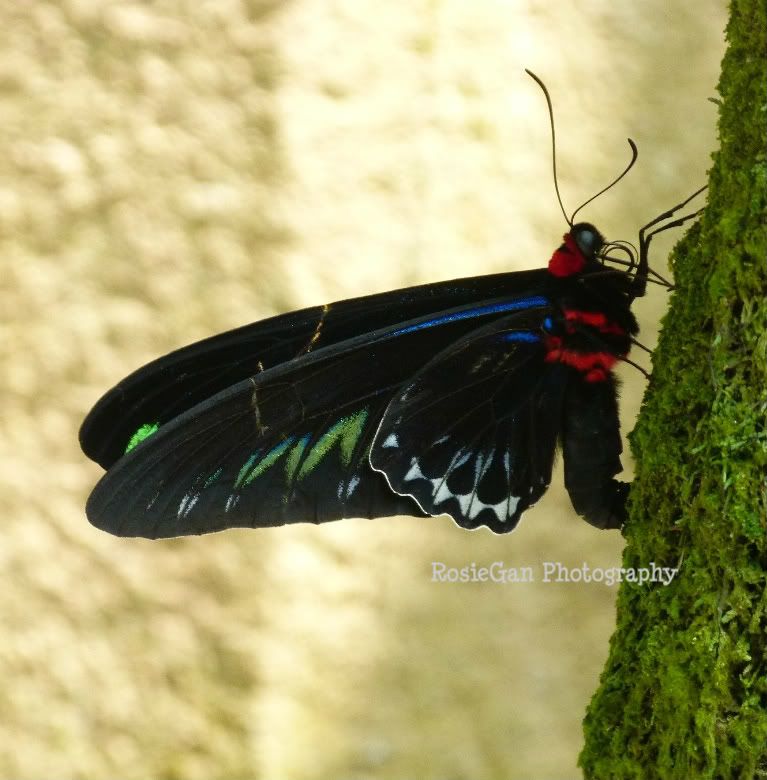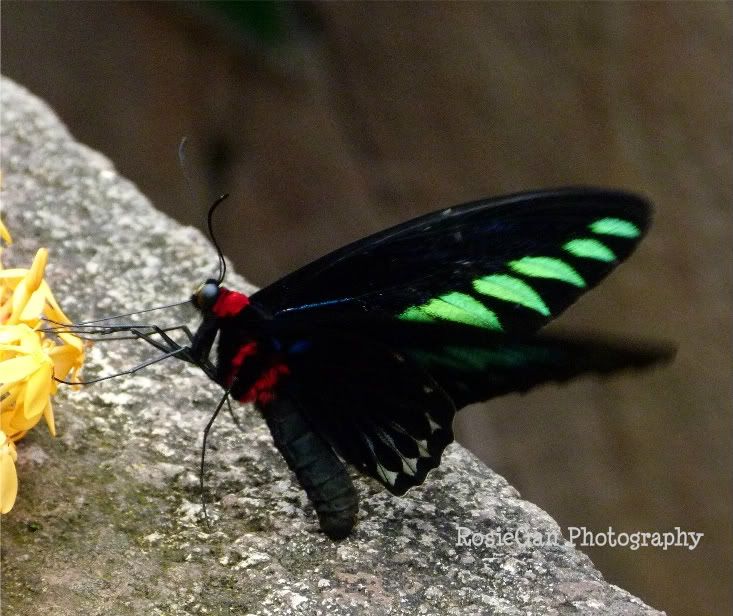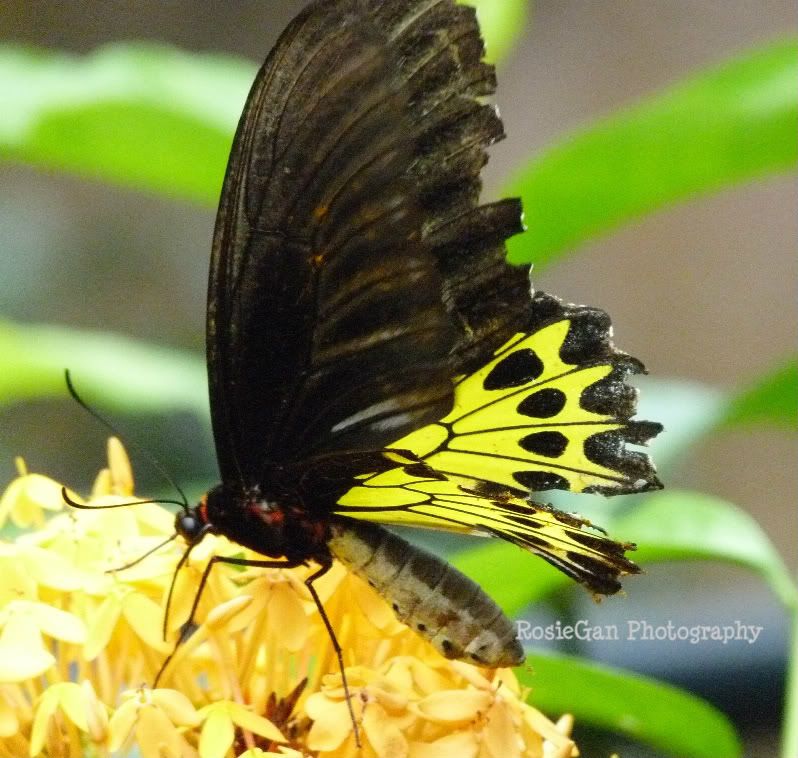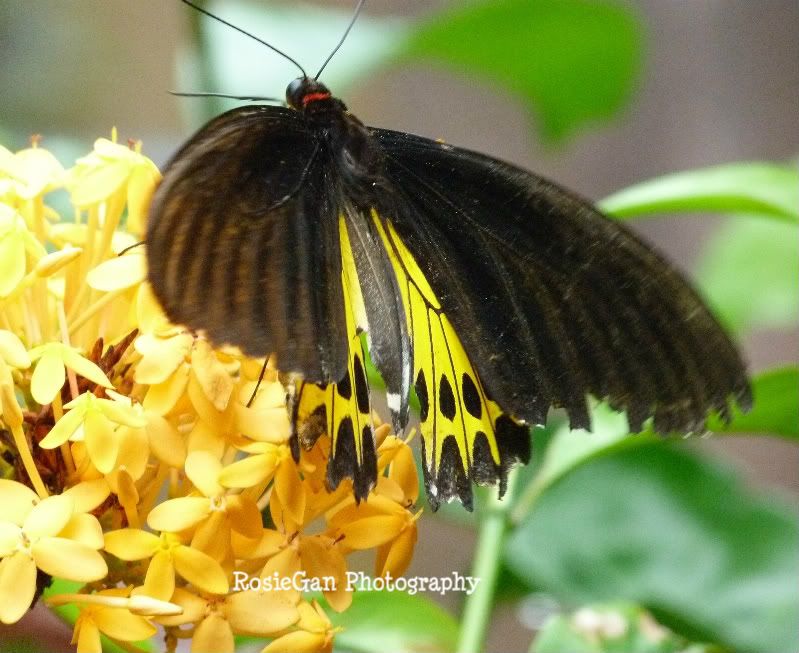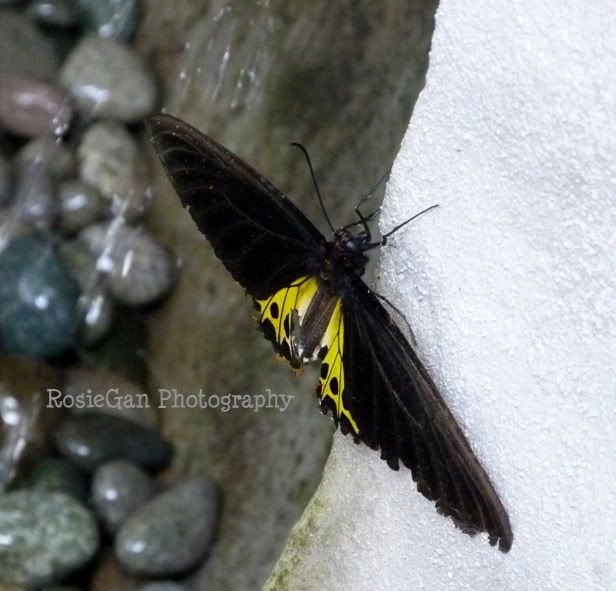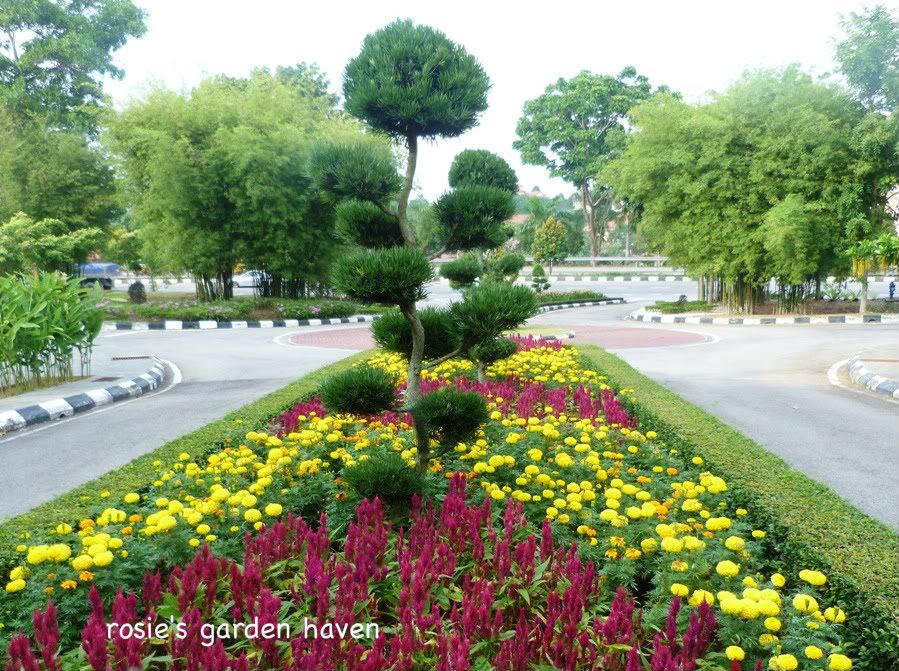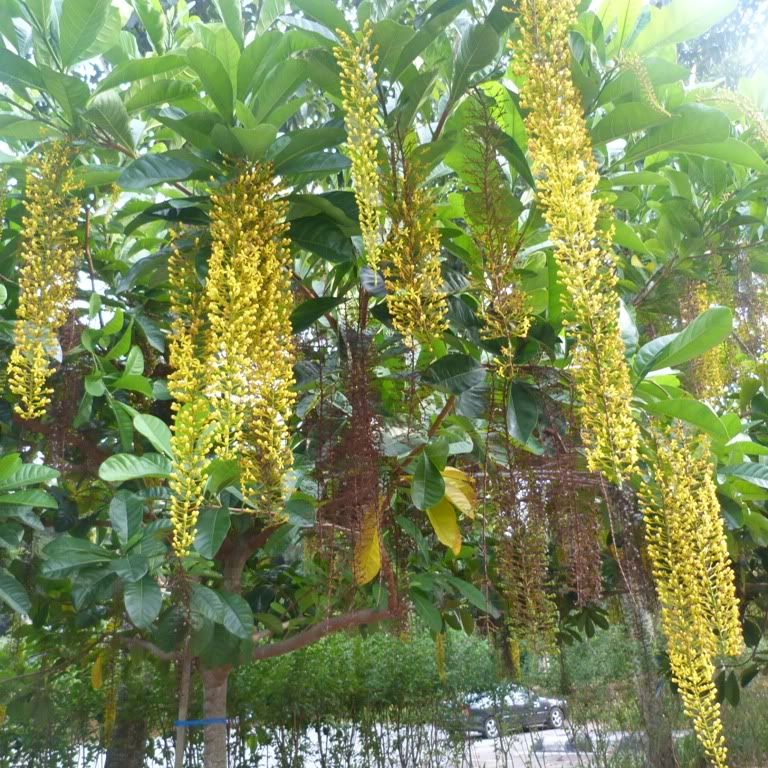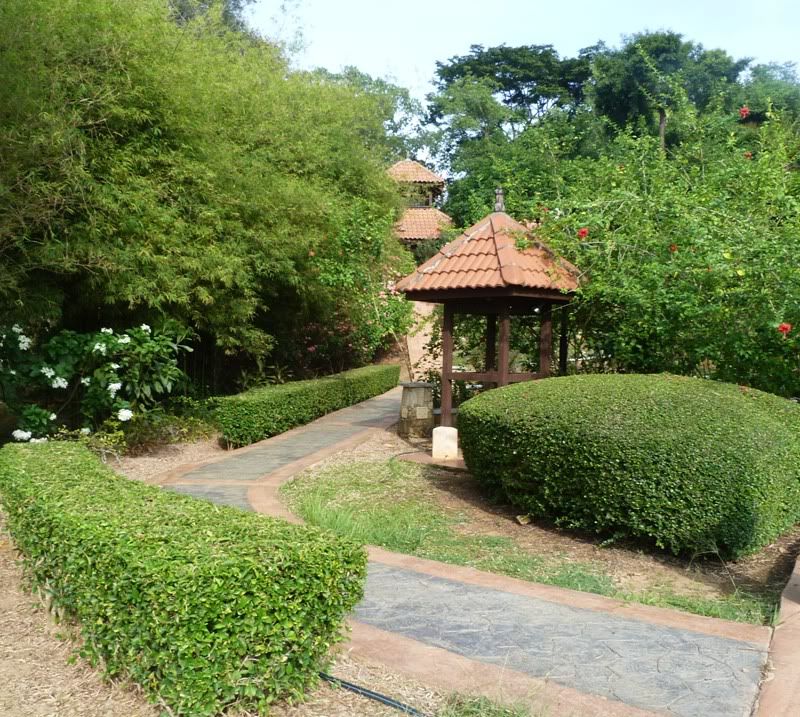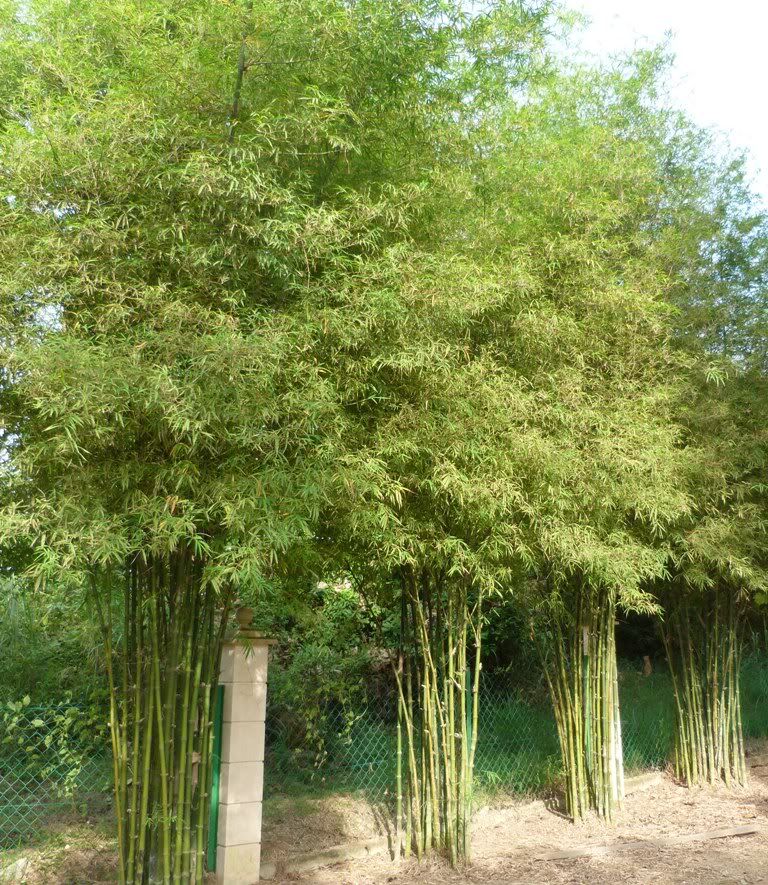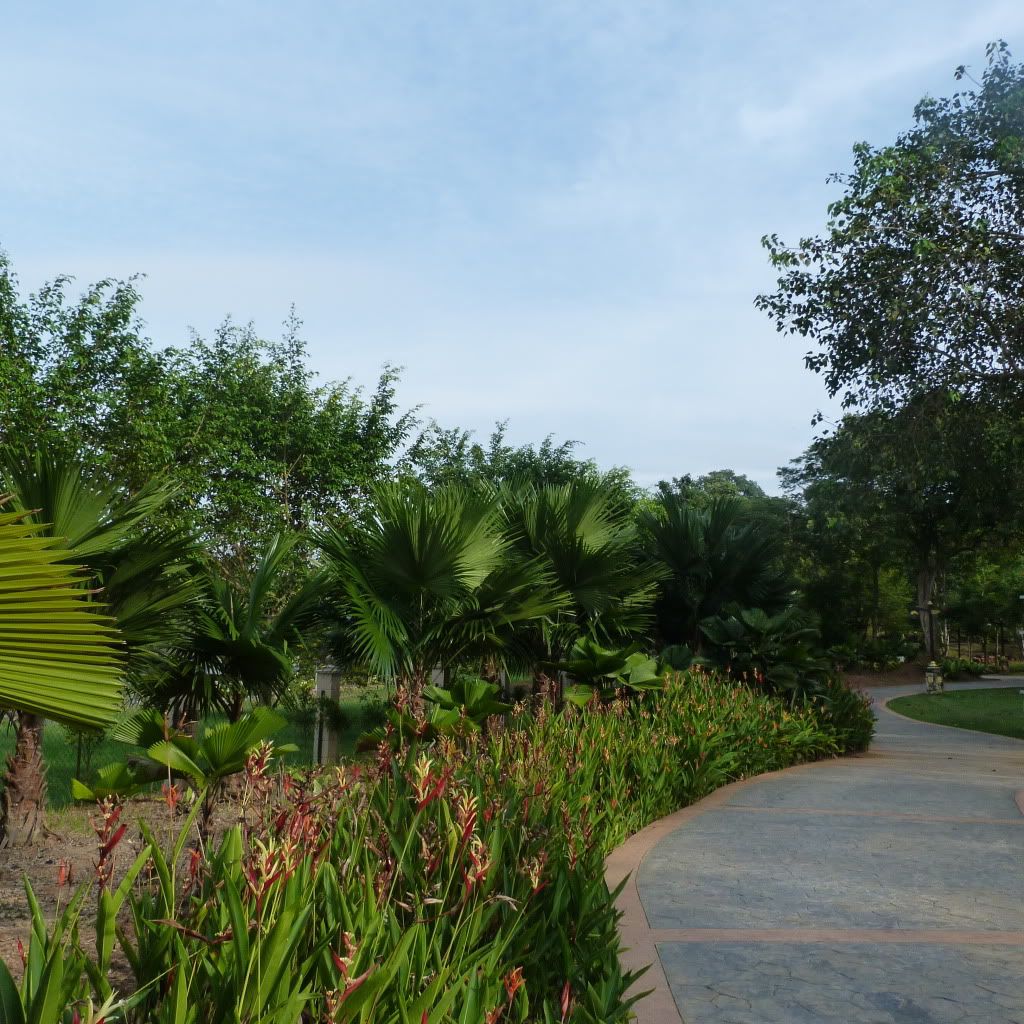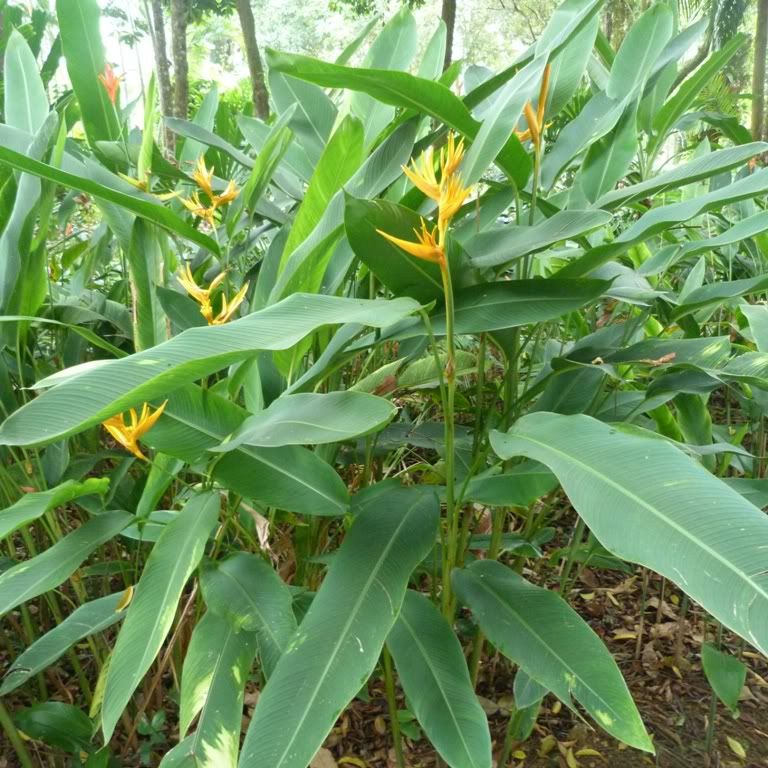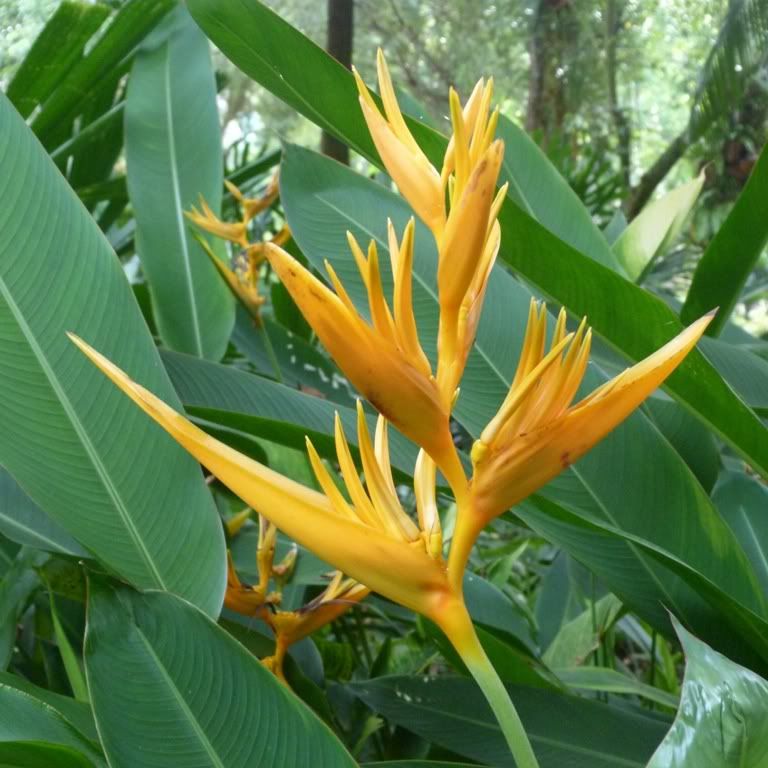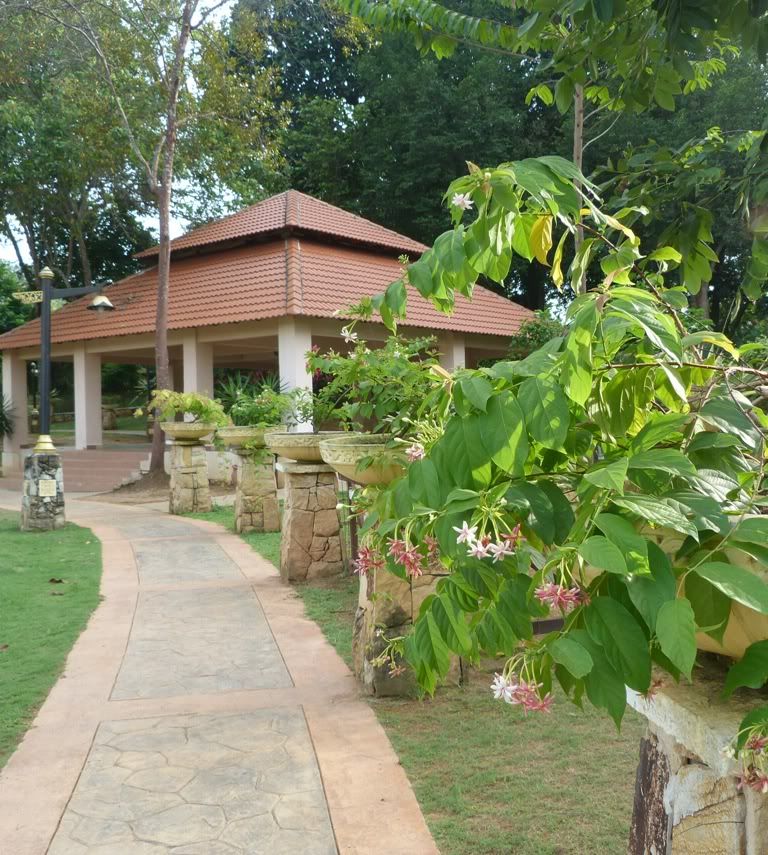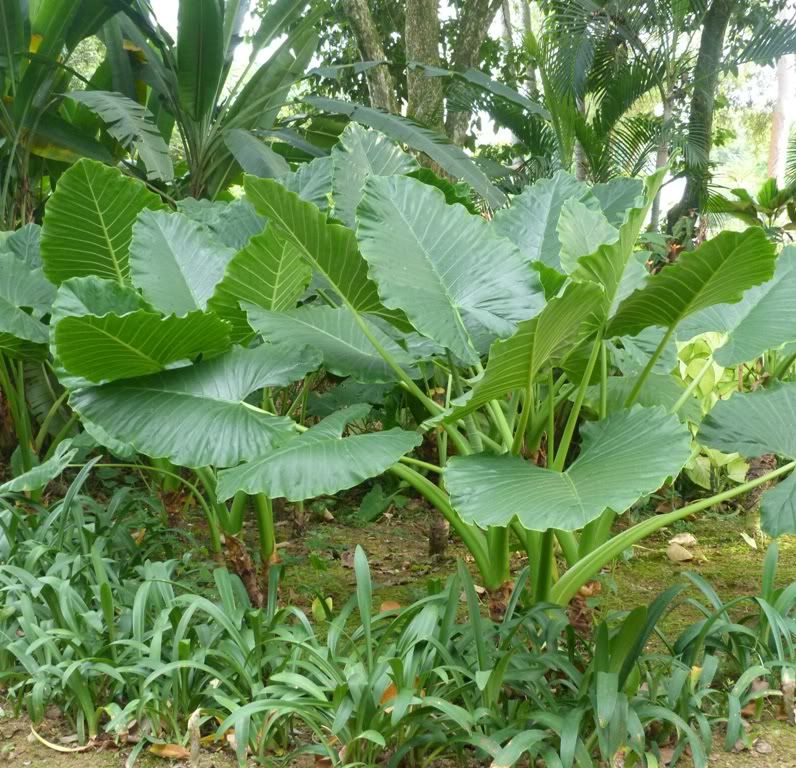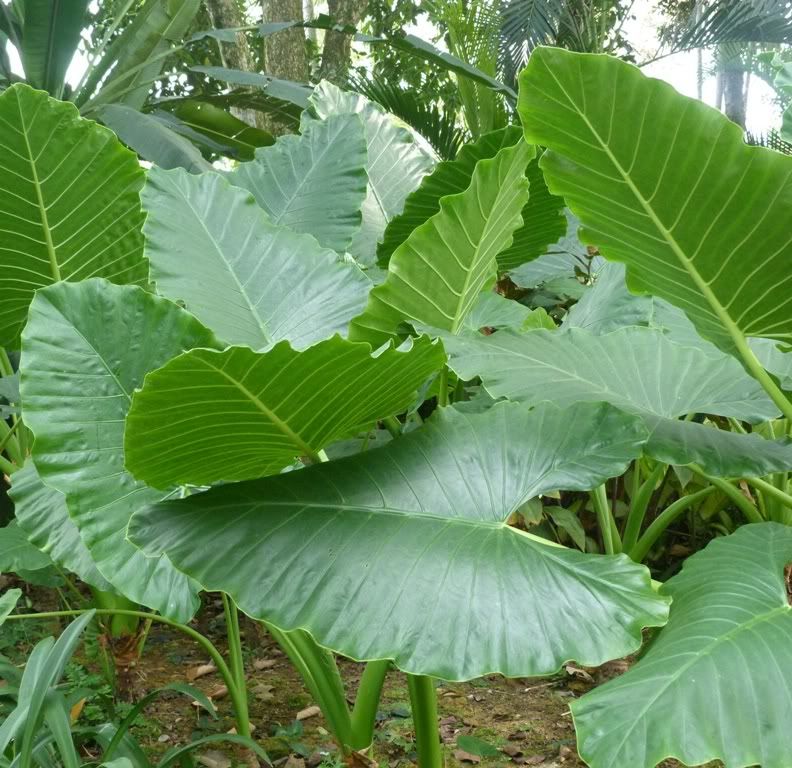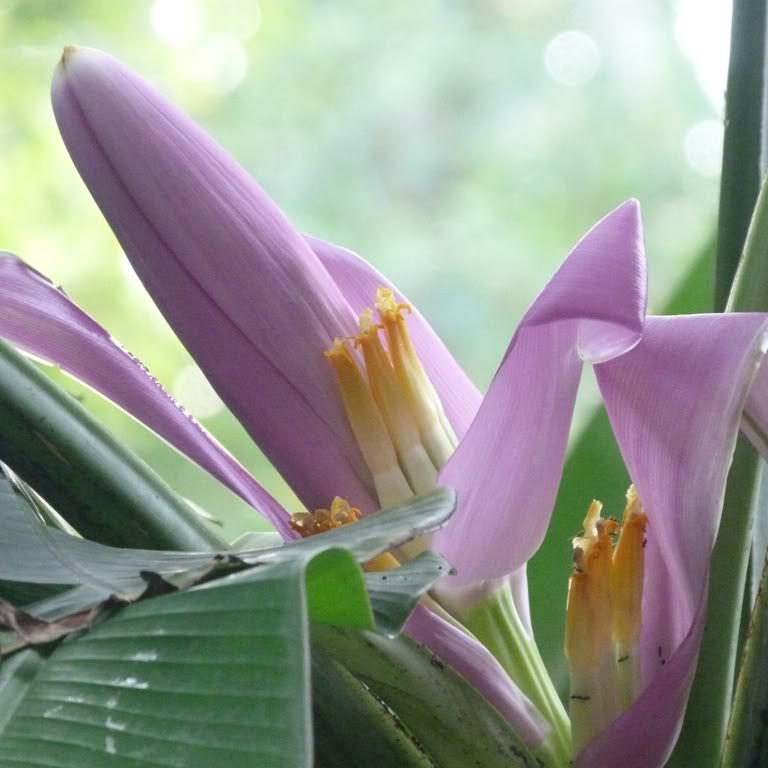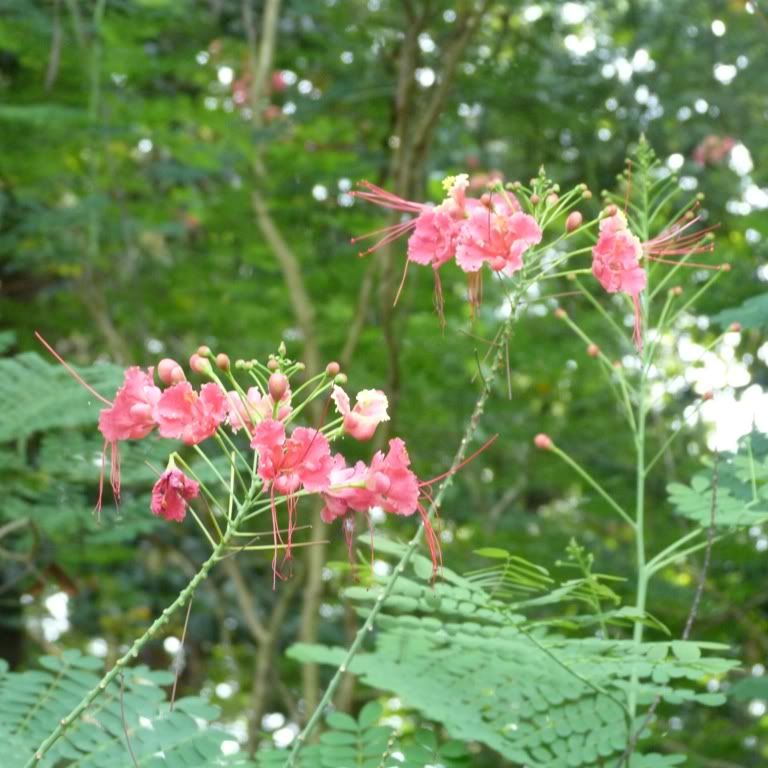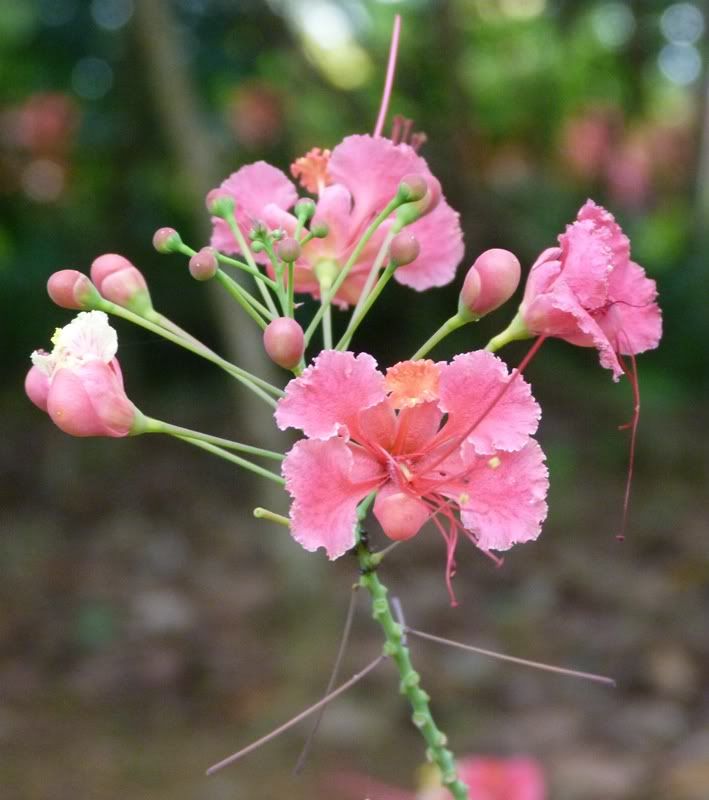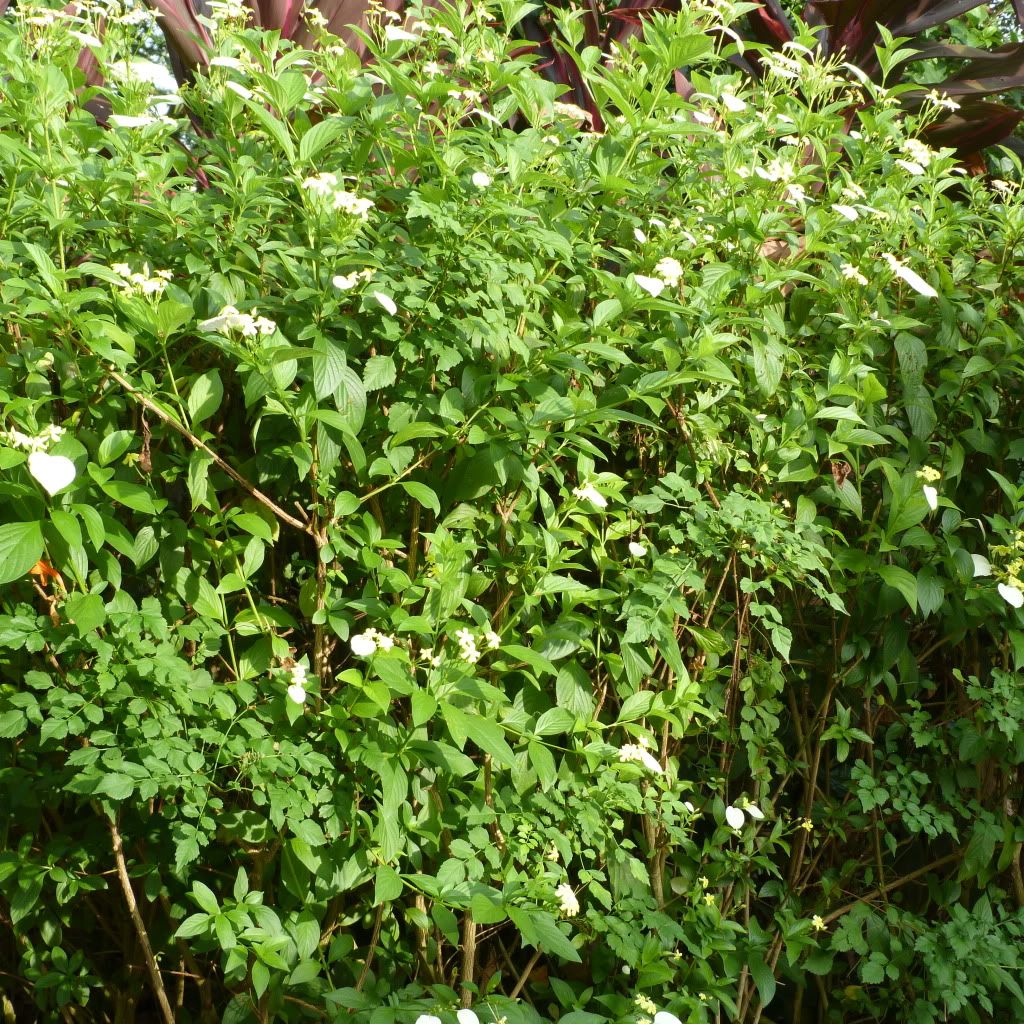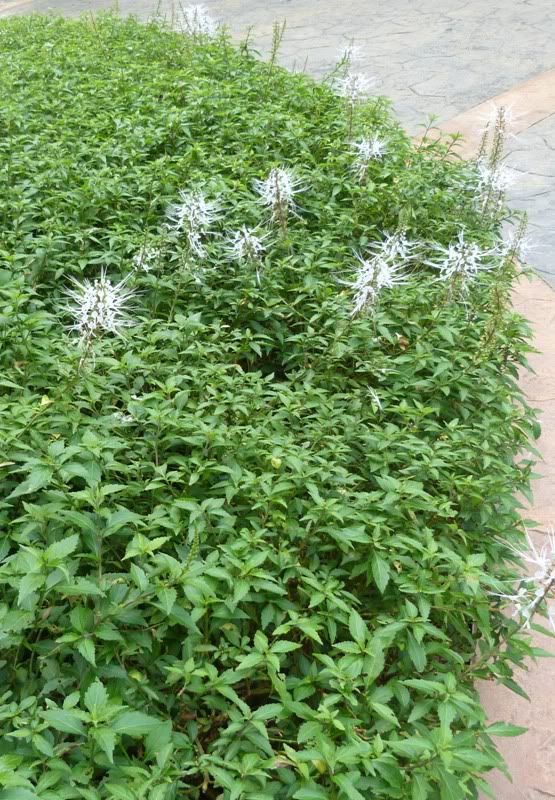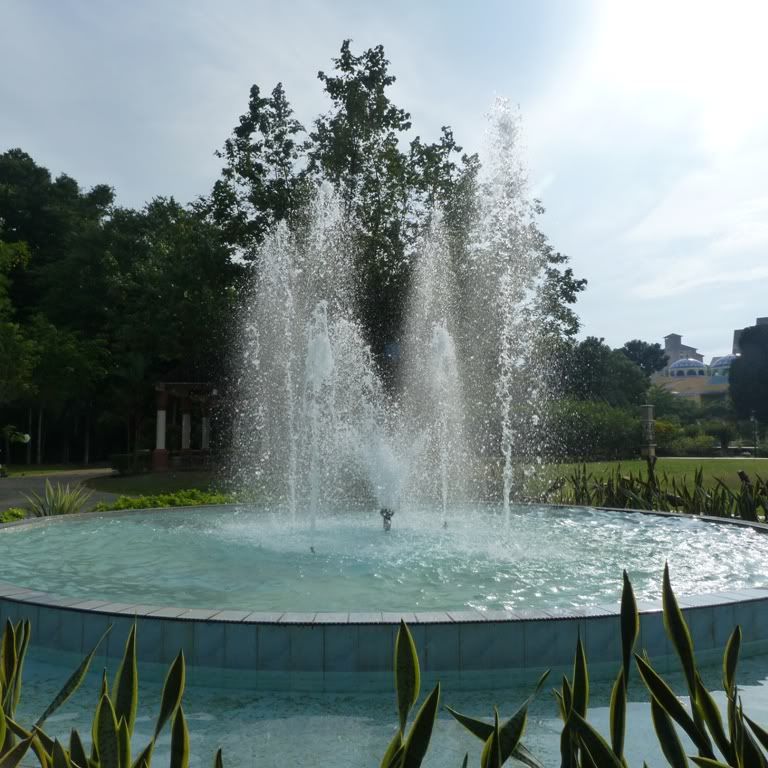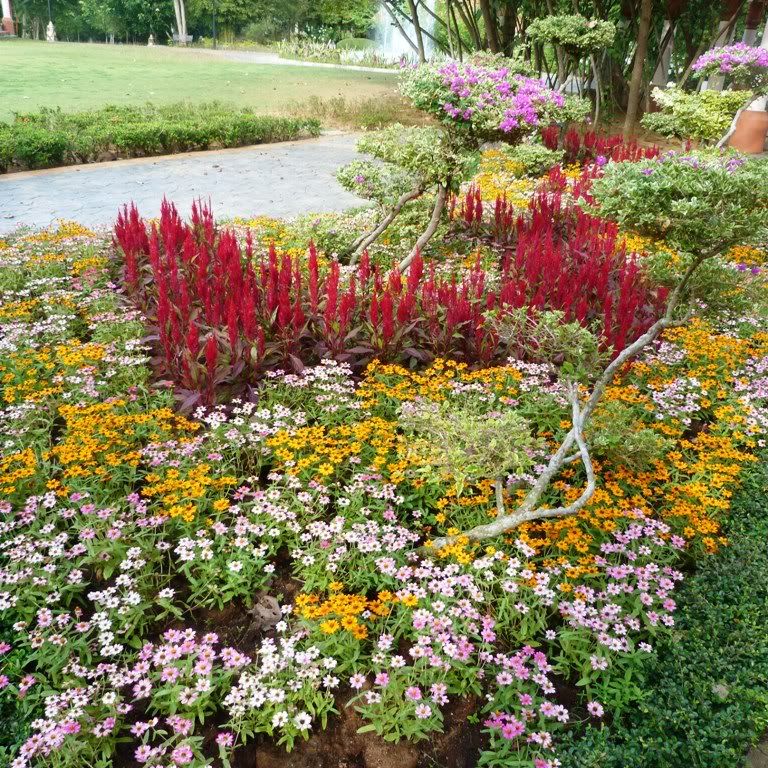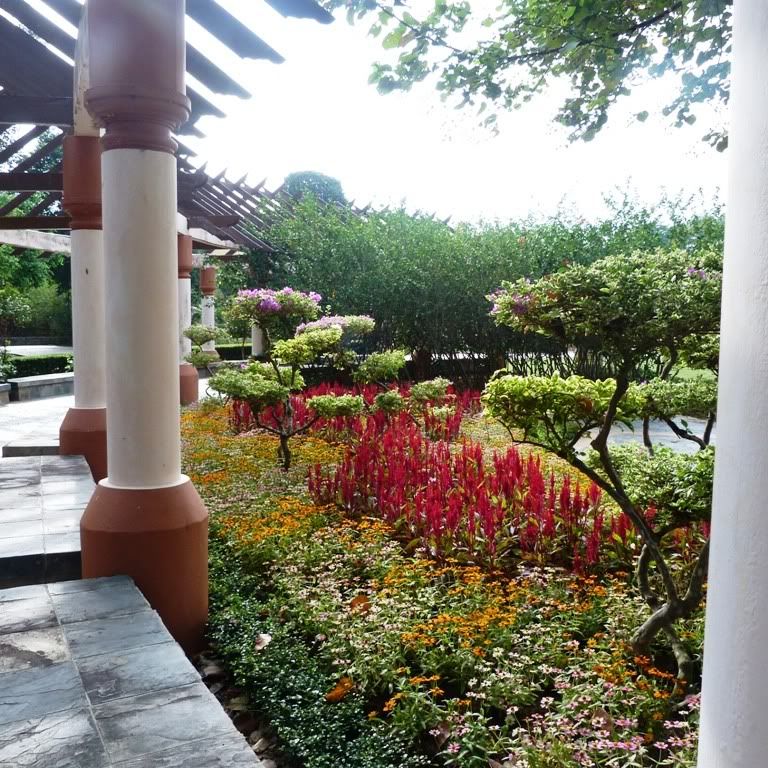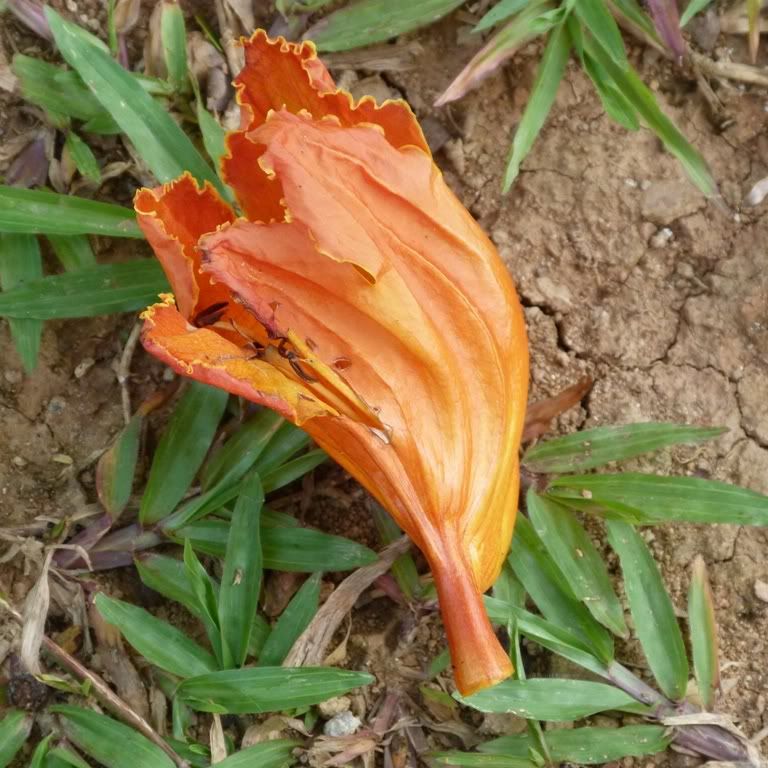The Spotted Black Crow
Euploea crameri
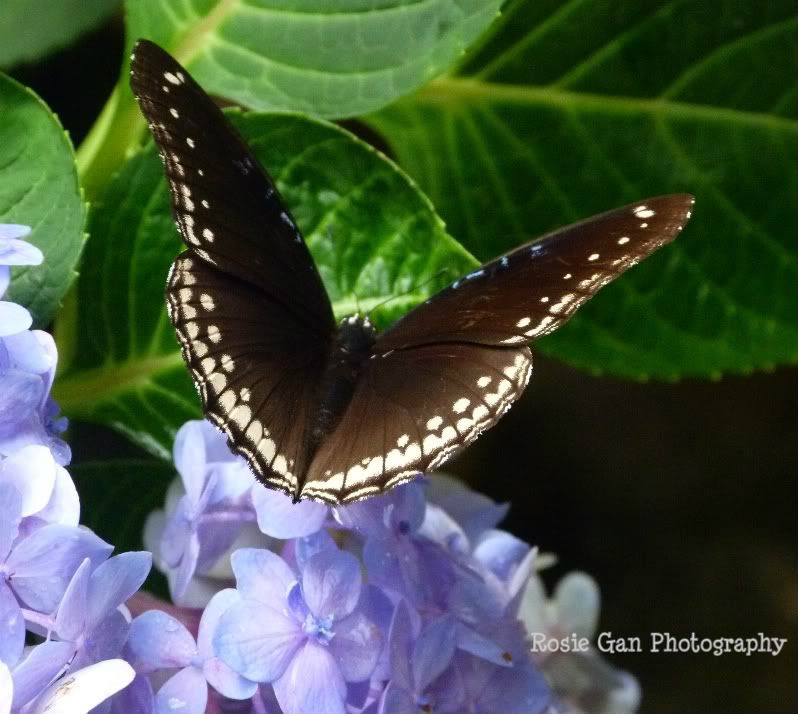
It has a somewhat dull colouring, and because of that, it is unattractive to predators. Even birds are said to dislike the taste of this dull butterfly. Smart butterfly, is what I say!
The upperside of the wings is very dark, more blackish than brownish. That accounts for it being named the Spotted Black (not brown) Crow. And where is it spotted? On the head, thorax and abdomen. A lovely white polka-dotted design. You can see this clearly in the photograph below.
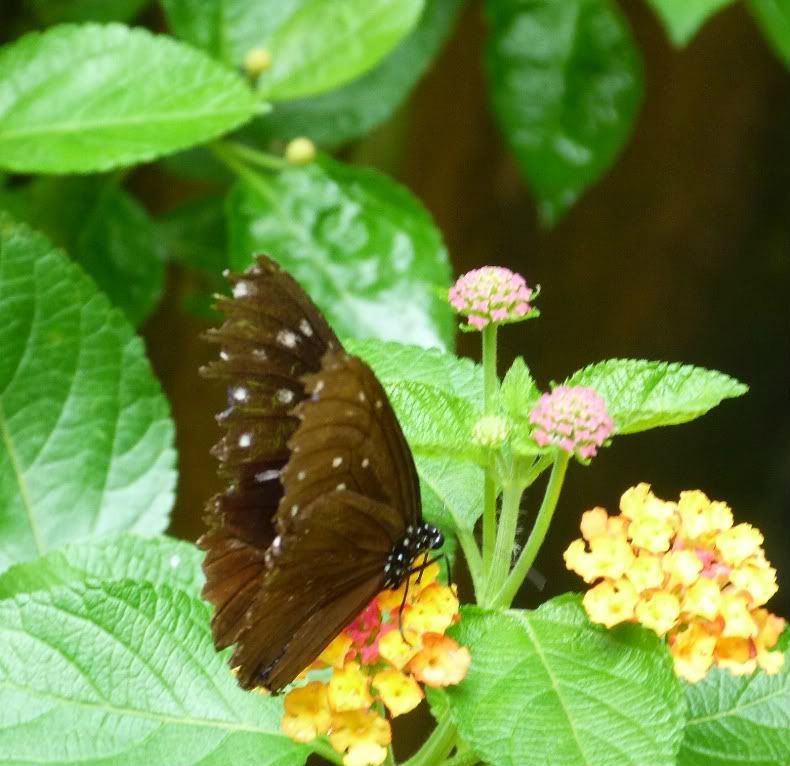
For Leo at Haiku Heights:
I'll write you my thoughts
of how you charm my senses
iridescent love
The Asian Swallowtail
Papilio low ii
The Great Mormon
Papilio memnon
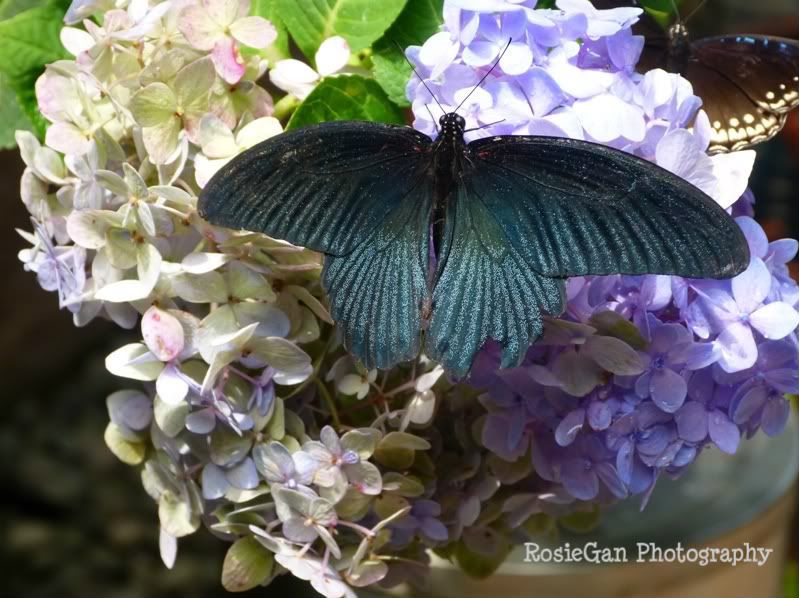
These are two indistinguishable species which are identical, and there are no consistent rules to tell them apart. As such, the shiny black butterfly above can be said to be either the Asian Swallowtail, or the Great Mormon! The fact is, both categories are swallowtails which are large, colourful butterflies from the family Papilonidae. The plain black one is the male of the species and the colourful ones in the three photographs below are the females.
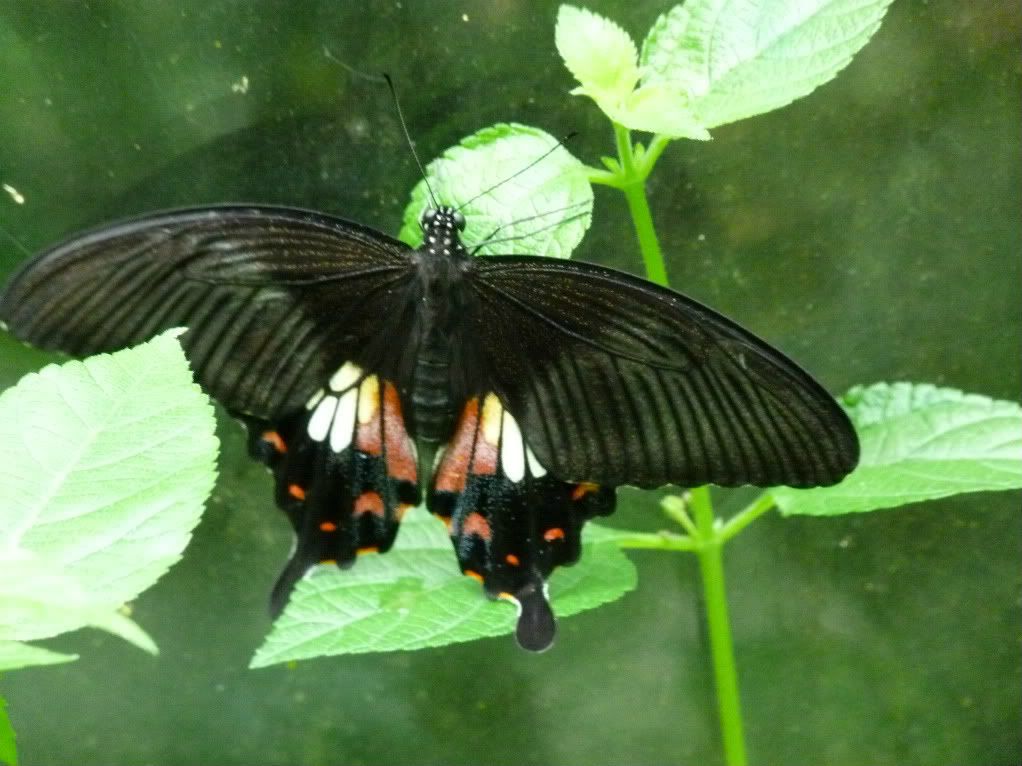
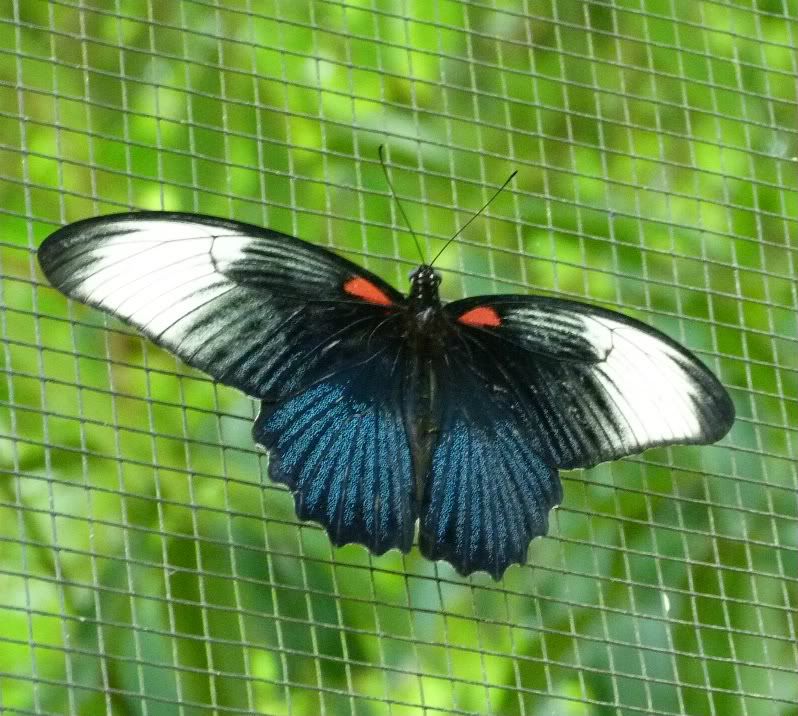

I love the photograph below where I caught the Spotted Black Crow and the Asian Swallowtail on the same bunch of flowers at the same time. They both seem to like the hydrangea.
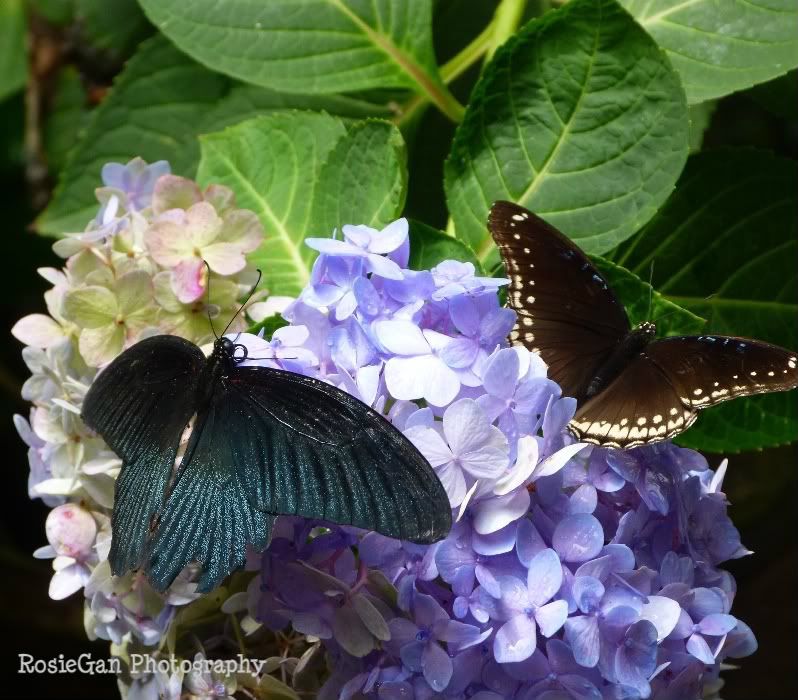
A waka for Poetic Forms
you whimsical one
you flit and flirt amongst blooms
alight on my heart
repose in my constancy
indulge your fancy
in springs of my devotion
my love is for you
this pledge I solemnly etch
on tablet of green jade stone
Linking to:
Haiku Heights
Fertilizer Friday
Macro Friday
Weekend Flowers
Macro Flowers Saturday
Photo Challenge
Fabulous Friday
Fertilizer Friday
Macro Friday
Weekend Flowers
Macro Flowers Saturday
Photo Challenge
Fabulous Friday







